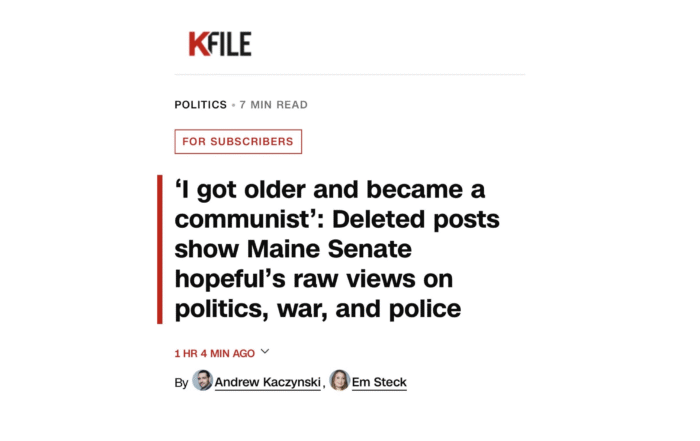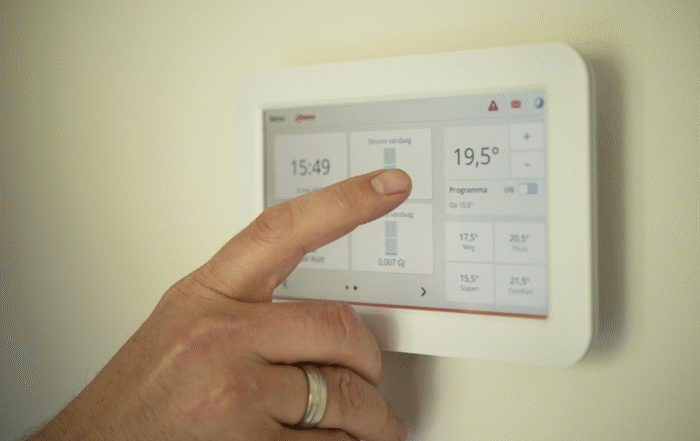
Dan Crawford
Senior Vice President
It’s become a cliche in some circles to boldly declare that the press release is dead. Spend enough time on public relations LinkedIn and you’ll encounter the strongly-held belief that press releases are pointless — the domain of inexperienced PR reps and stuck-in-the-past dinosaurs. But reports of the death of the press release have been greatly exaggerated. In fact, used wisely, press releases remain a crucial tool in your public relations tool box.
But first, what is a press release?
Many people equate press releases with news wires which, in the days before email, were the primary means of press release distribution. News wires — such as PR Newswire, EIN Presswire, or GlobeNewswire — send your press release to newsrooms and journalists that subscribe to their service, and often post it on news aggregation sites as well.
Most Reporters Ignore Press Releases Sent “Over the Wire”
Sending a release “over the wire” gives you a wide reach, but it’s costly (often hundreds of dollars per release). Some PR reps will point to the impressions that wire releases generate, but those numbers say nothing about the audience you’re trying to reach. Most reporters simply don’t check or pay attention to the wire. Wire services still hold some sway in financial journalism, since publicly-traded companies are required by law to put investor-related news on the wire. But for most organizations there’s very little upside to regularly using a news wire.
Take Time to Understand Journalists
At Echo Communications Advisors, we start by building targeted lists of journalists who, based on our relationships and knowledge of the media landscape, we know will be interested in releases from our clients. This takes some extra time, but by curating our lists we can be sure we’re reaching the right people and not overloading reporters with irrelevant news. To speed things up, you can use a media contact database like Cision or Muck Rack. Then we send our releases over email (at Echo we use MailChimp). Some clients will choose to post releases on their websites and share them on social media, as well.
Of course, having the right list is just the beginning. You have to make sure your release is relevant, timely, well-written, and ideally short and to the point.
Press Releases Must Not Always Lead to Immediate Coverage to be Worthwhile
Press releases can also take many forms. They can be the typical inverted pyramid with a quote from a spokesperson, they can be a short statement responding to a news event, or even an “in case you missed it” that highlights a story you don’t want to miss. It might be easier to think in terms of “blast emails to reporters,” rather than press releases per se.
Another misconception is that the goal of sending a release is for it to be published verbatim as a news story. While it may have once been the case that news outlets would write up entire releases as stories, those days are long gone. Sending a press release does not guarantee news coverage, and your full release certainly won’t end up word-for-word in the pages of the New York Times. So why send a release?
Getting on reporters’ radars. Showing up in reporters’ inboxes is a key way to introduce them to your company or organization, which helps build relationships and can lead to coverage down the road. I can’t tell you how many times I hear “oh yeah, I get their releases” when I mention a client to a reporter I’ve just met. Press releases help build awareness so that, when you do more targeted outreach, people have some baseline familiarity with your brand.
Building credibility. Press releases can be used as regular touch points that create a surround sound effect — keeping your company or your issue top of mind for the people who matter. Reporters may not write up every release you send, but regular releases can help position executives as thought leaders and build your spokespeople up as reliable sources.
Influencing the conversation. At Echo Communications Advisors, our clients are trying to shape a narrative and influence the conversation in Washington, in state capitals, and across the world. Well-timed press releases can provide inspiration for stories and keep reporters informed about key trends and where your organization stands. Press releases can also serve as an important signal to movement allies, investors, and other stakeholders — even if they don’t generate coverage.
Generating earned media. Make no mistake, sending a press release can lead to media coverage. Especially if you have cultivated relationships with the reporters that cover your industry or issue area, a timely, sharp press release can get you quoted in a story — or get a reporter to hit ‘reply’ and set up a time for an interview.
Of course, press releases are not a silver bullet. You can’t just hit send, lean back in your chair and watch the favorable coverage come rolling in. The best stories come from the hard work of building relationships with reporters, understanding their interests and what they write about, and making strategic, targeted pitches when you have real news to share. But don’t discount the power of a timely and relevant press release to help you stay on people’s radars and establish your spokespeople as experts in the minds of the press.
Want help integrating these tactics into your communications strategy? Get in touch at info@echocomms.com.
Check out our recent insights and conversations:
Sign up for our newsletter
Receive updates on our work, industry news, and more.




